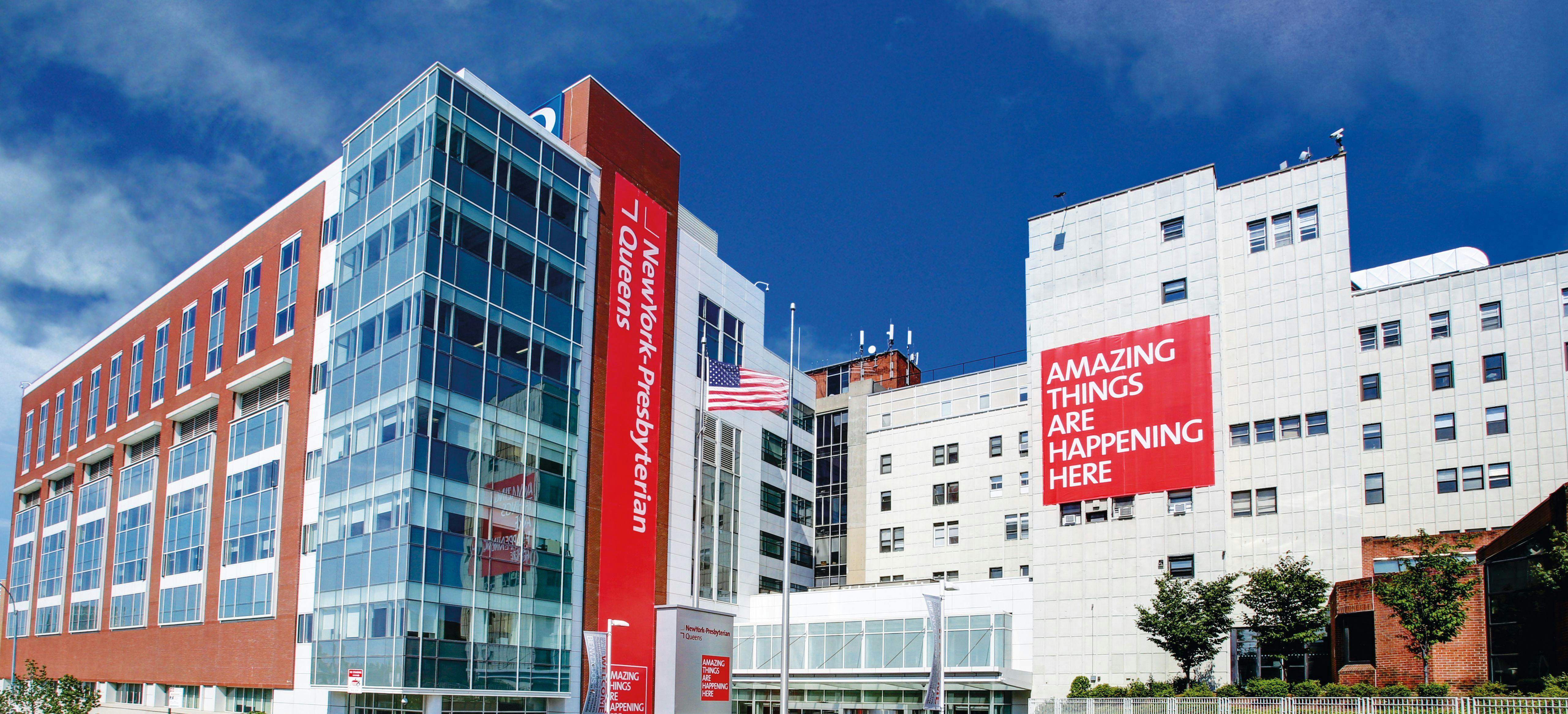"The purpose of my visit to the New York Presbyterian Hospital was to further my knowledge and skills in microsurgery. I wished to learn the techniques of supermicrosurgery. This is a technique of anastomosing small vessels and single nerve fascicles less than 0.8 mm in diameter. I was fortunate to spend some time with Amar Ghattaura, a plastic surgery trained supermicrosurgeon in South Wales prior to my visit to New York. I observed him perform a lymphovenous anastomosis (LVA) on a 0.6mm lymphatic vessel for the treatment of lymphoedema. In addition to the treatment of lymphoedema, supermicrosurgery is also employed in free tissue transfer for reconstruction with small diameter vessels such as a perforator to perforator flap. I believe that patients treated by maxillofacial surgeons would benefit from these techniques if we incorporated them into our practice. At present, head and neck lymphoedema with LVA has only been published in case reports yet there is emerging evidence that it is a successful treatment for lymphoedema of the limbs.
Aims
- To advance my own microsurgical skills
- To learn supermicrosurgery techniques
- To develop simulation skills to bring back to the UK
Experience
I was taught advanced microsurgical techniques on a living rat model by Dr Yelena Akelina over 5 days. She was a founding member of the International Microsurgical Simulation Society and has a fantastic reputation in the microsurgery community
The technical skills and exercises increased in difficulty over the five day period. I was introduced to the simulation with simple femoral vessel end-end anastomosis. Once I had become comfortable with the microscope and instruments I was then pushed to perform exercises such as a carotid artery and jugular end-to-end anastomosis. These vessels are at a difficult angle, with poorer access than the more commonly used femoral vessels. To simulate free tissue transfer the fat pad was transferred to the neck using the femoral vessels to the carotid and jugular vessels.
I performed a pad transfer using the epigastric artery and vein (0.6mm) with an end to side anastomosis to the femoral vessels (fig 2). This was my first ‘supermicrosurgical’ procedure. It was technically more demanding and required the use of new skills such as using the needle to manipulate the vessel. Jewelers forceps are too large to grasp the adventitia of a small vessel. Another technique learned was to use just one of the tips of the vessel dilator to dilate the vessel as two will not fit in the lumen.
I attempted to perform a groin flap using the epigastric vessels (0.5mm artery, 0.4mm vein) to saphenous artery and vein (0.5mm, 0.4mm) but I was unable to get the vein flowing. I had reached the limit of what I could achieve with the skills I had acquired.
"Obtaining new microsurgical skills was my main aim from this visit and I achieved this. I am a more confident microsurgeon and I have an appreciation of the limits of what I can achieve safely with free tissue transfer."
I am running a low-cost basic microsurgical skills course in South Wales with a view to expand this to teach advanced skills in the future. Incorporating the teaching methods and simulation exercises used by Yelena will allow me to pass on some of the skills I acquired on this visit. Building a relationship with Yelena has also opened up the prospect of conducting collaborative, educational research.
The New York Presbyterian Hospital was the only centre I could find worldwide which offered hands-on supermicrosurgical training in English. With help from BAOMS I was able to make this long and expensive journey to acquire this training. I will soon be in a position to pass on these skills through the South Wales Microsurgery Course."

